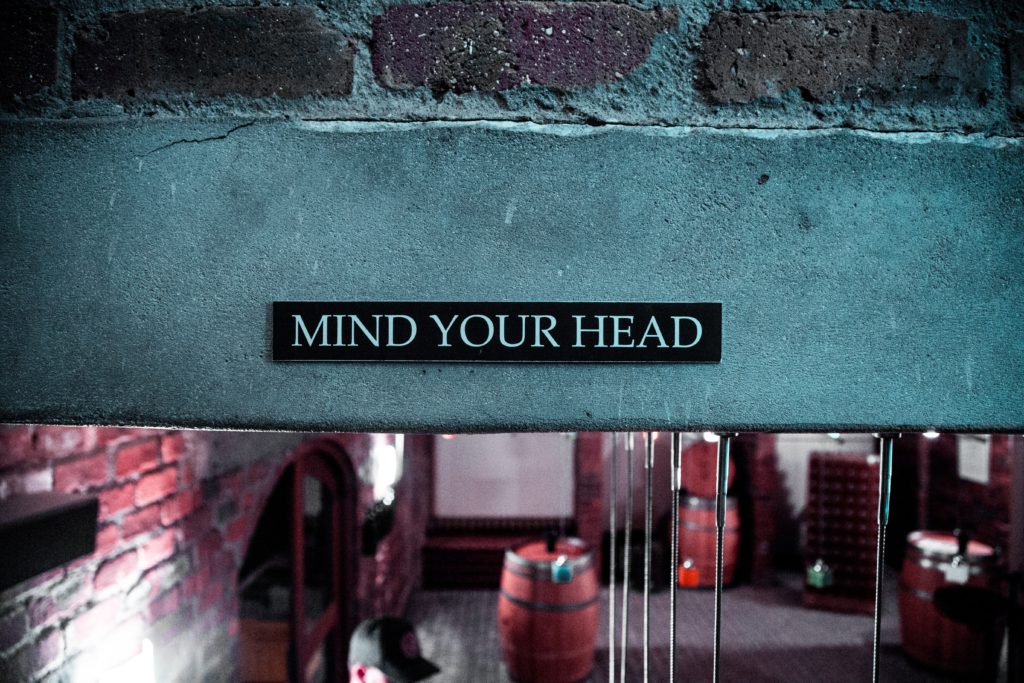I often hear people say, “Meditation just doesn’t work for me. I’ve tried it.” My response to that is typically that I have tried it, too, and it doesn’t always work for me either. And the good thing is that mindfulness doesn’t always equal meditation. We can be mindful when doing just about anything we might find ourselves doing.
What does it mean when we say “it doesn’t work”? Likely, we mean that it doesn’t work for me. Our mind doesn’t do what we want it to do and we don’t feel great about it.
What is it we want to get from our practice? When I ask this question, the answer is usually that people want to be more present in their lives and be more aware. So then what part of our lives are we trying to push away and be less present for?
In those moments when we feel it doesn’t work, we are likely experiencing something rather uncomfortable. We see or hear or feel distractions. And then we stop the process. We get up and jump back in to our lives as if we never sat down to breathe in the first place.
The goal of mindful practice is not to push away parts of our experience we don’t like or enjoy. If we go back to the original intention, we are reminded that our goal is to be more present and more aware. Being more aware can be difficult if we are being choosey about what exactly we’re aware of. The things we might label as a unwanted are just as much a part of our experience as the nice breeze that we feel or the smell of coffee first thing early in the morning.
So what would it be like to sit with these intrusions and acknowledge them as simply part of our experience, just as much as the other parts? What is it like to be curious about our discomforts?

